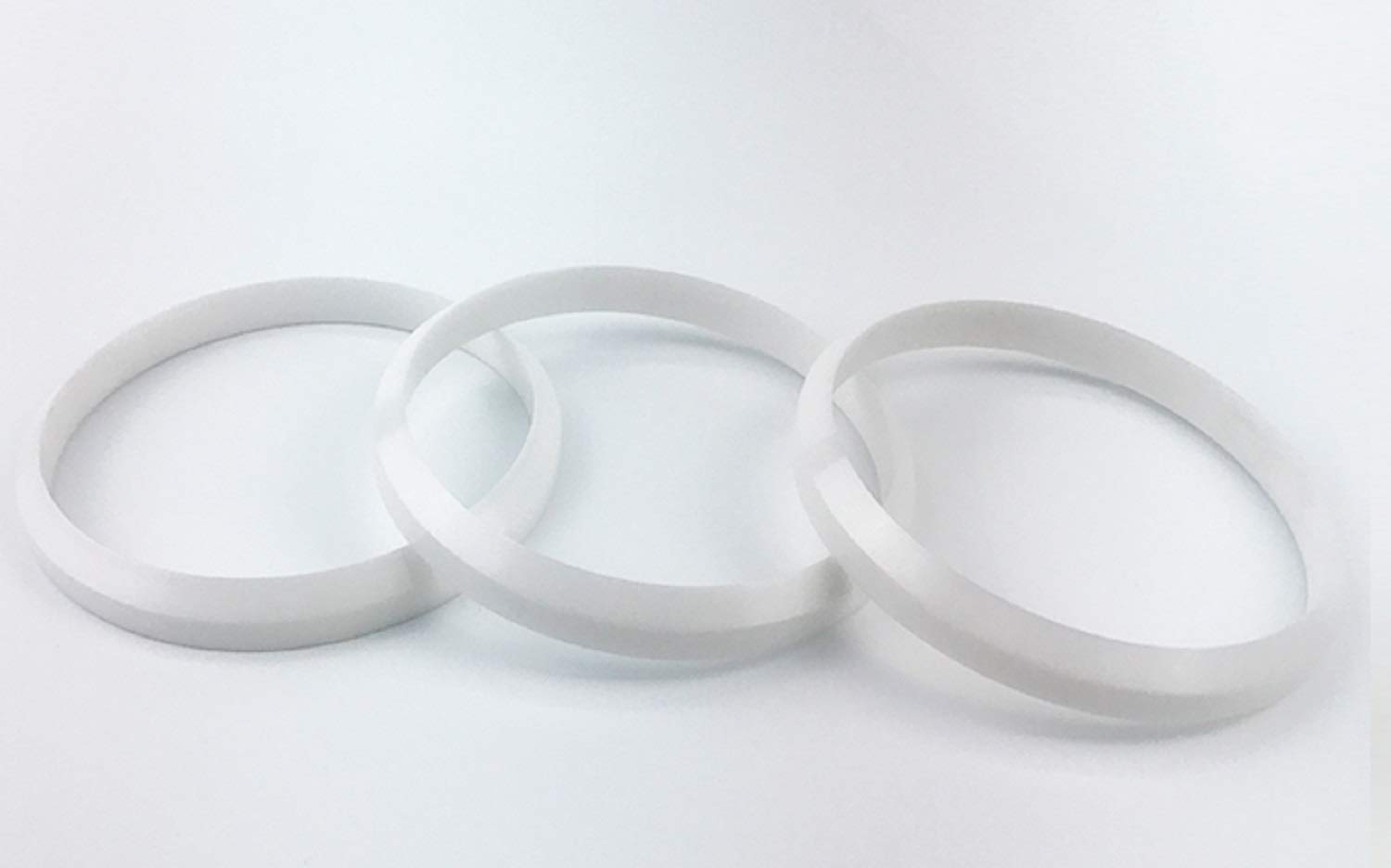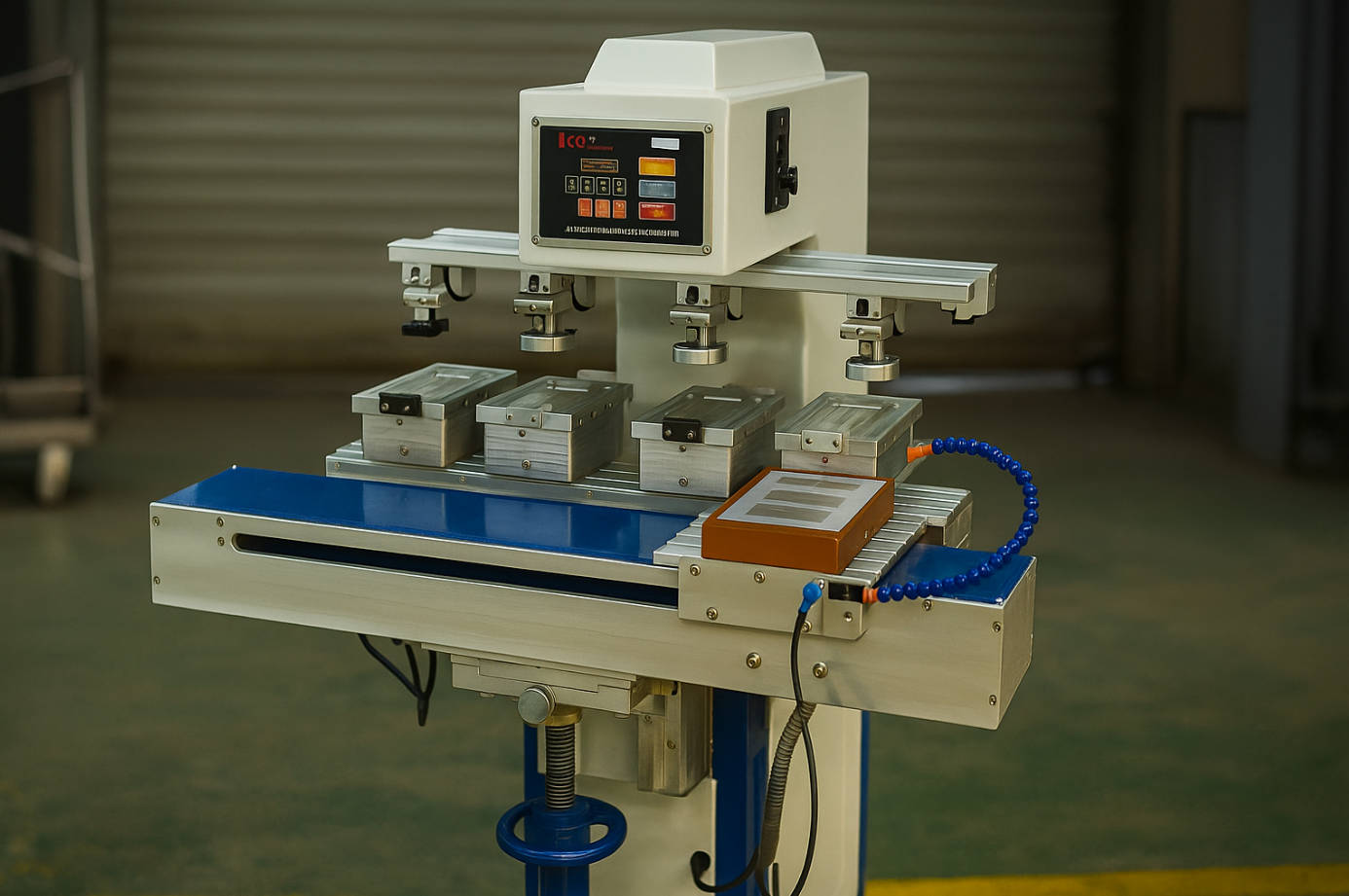Introduction
The use of pad-printing ceramic rings is crucial in the printing industry, enabling precise and durable printing results. One key factor influencing these rings’ performance is their surface quality. This article will explore the significance of surface quality in printing precision and durability. By understanding the impact of surface quality, users and potential buyers of pad-printing ceramic rings can make informed decisions when selecting a reliable supplier, such as Ceramic Ring For Pad Printing, which specializes in delivering high-quality pad-printing ceramic rings.

Understanding Surface Quality
Surface quality refers to the characteristics of the outer layer of pad-printing ceramic rings. It encompasses smoothness, roughness, cleanliness, and the absence of defects. The surface quality of these rings is determined by their material composition and the manufacturing processes employed.
Importance of Printing Precision
Printing precision plays a vital role in achieving accurate and high-quality print results. The surface quality of pad-printing ceramic rings directly impacts printing precision in several ways.
Firstly, surface roughness affects ink transfer during the printing process. A smooth and uniform surface allows for better ink flow, resulting in consistent and well-defined prints. On the other hand, a rough surface can impede ink transfer, leading to fuzzy or incomplete images.
Secondly, surface imperfections such as scratches or dents can affect print registration and alignment. Precise alignment between the printing pad and the substrate is crucial for maintaining image integrity and ensuring proper print placement. Any irregularities on the surface of the ceramic rings can hinder accurate alignment, resulting in misaligned prints.
Enhancing Durability
Durability is another critical aspect when considering pad-printing ceramic rings. The surface quality of these rings plays a significant role in determining their longevity and ability to withstand repeated use.
Surface hardness is an essential characteristic of pad-printing ceramic rings that contributes to their durability. A more complex surface can resist wear and abrasion caused by constant contact with printing substrates and ink. Therefore, ceramic rings with a high surface hardness are more likely to have an extended lifespan and maintain their printing performance over time.
Additionally, surface defects such as cracks or chips can compromise the durability of pad-printing ceramic rings. These defects can propagate under stress, leading to premature failure or reduced printing quality. A surface free from defects ensures the longevity and reliability of the ceramic rings, making them more suitable for prolonged and demanding printing applications.
Users must select pad-printing ceramic rings from trusted suppliers like Ceramic Ring For Pad Printing to ensure optimal durability. These suppliers are known for providing high-quality ceramic rings with excellent surface quality, ensuring long-lasting performance.
Evaluating Surface Quality
Assessing the surface quality of pad-printing ceramic rings is an essential step in the selection process. Various methods are available to evaluate the surface quality of these rings.
Visual inspection is a simple and effective method allowing users to identify defects such as scratches or chips. However, it may need to provide precise surface roughness or cleanliness measurements.
Profilometry is a more quantitative technique that measures the surface profile, including roughness parameters such as Ra and Rz. This method provides precise data on surface roughness, enabling users to compare and select ceramic rings with the desired smoothness for their specific printing requirements.
Furthermore, industry standards and specifications guide users in evaluating and selecting pad-printing ceramic rings. These standards define acceptable levels of surface quality and ensure consistency and compatibility with different printing processes and substrates.
Optimizing Surface Quality
To enhance printing precision and durability, manufacturers of pad-printing ceramic rings focus on optimizing surface quality through various means.
Polishing and finishing processes are applied to improve the surface smoothness of pad-printing ceramic rings. These processes involve using abrasive materials and techniques to remove surface irregularities, resulting in a polished and uniform surface. By achieving a high level of surface smoothness, the rings facilitate better ink transfer and ensure precise print registration.
Coating and surface modification techniques are also employed to optimize the surface quality of pad-printing ceramic rings. Protective coatings, such as specialized ceramics or polymers, can be applied to enhance the surface hardness and resistance to wear. These coatings act as a barrier, shielding the underlying ceramic material and improving its durability. Surface modification techniques, such as plasma treatment or chemical etching, can also enhance surface properties and promote better ink adhesion, improving printing precision and longevity.
It is worth noting that optimizing surface quality is a delicate balance, as excessively smooth surfaces may hinder ink retention and transfer. Therefore, manufacturers employ their expertise to achieve an optimal surface finish that ensures printing precision and durability.
Conclusion
In conclusion, the surface quality of pad-printing ceramic rings significantly impacts printing precision and durability. A smooth, defect-free surface promotes better ink transfer, precise print registration, and alignment, resulting in high-quality prints. Additionally, a character with high hardness and resistance to wear ensures the longevity of the rings, making them suitable for demanding printing applications.
When selecting pad-printing ceramic rings, it is crucial to evaluate their surface quality using visual inspection and profilometry methods. Trusted suppliers like Ceramic Ring For Pad Printing provide high-quality ceramic rings that meet industry standards and specifications, ensuring reliable and durable performance.
Manufacturers optimize surface quality through polishing, finishing, coating, and surface modification techniques to enhance printing precision and durability. By prioritizing surface quality and partnering with reputable suppliers, users can confidently choose pad-printing ceramic rings that meet their specific printing requirements and achieve optimal results.
By understanding the significance of surface quality, users can make informed decisions and maximize the value of their investment in pad-printing ceramic rings, ultimately leading to improved printing outcomes and customer satisfaction.






